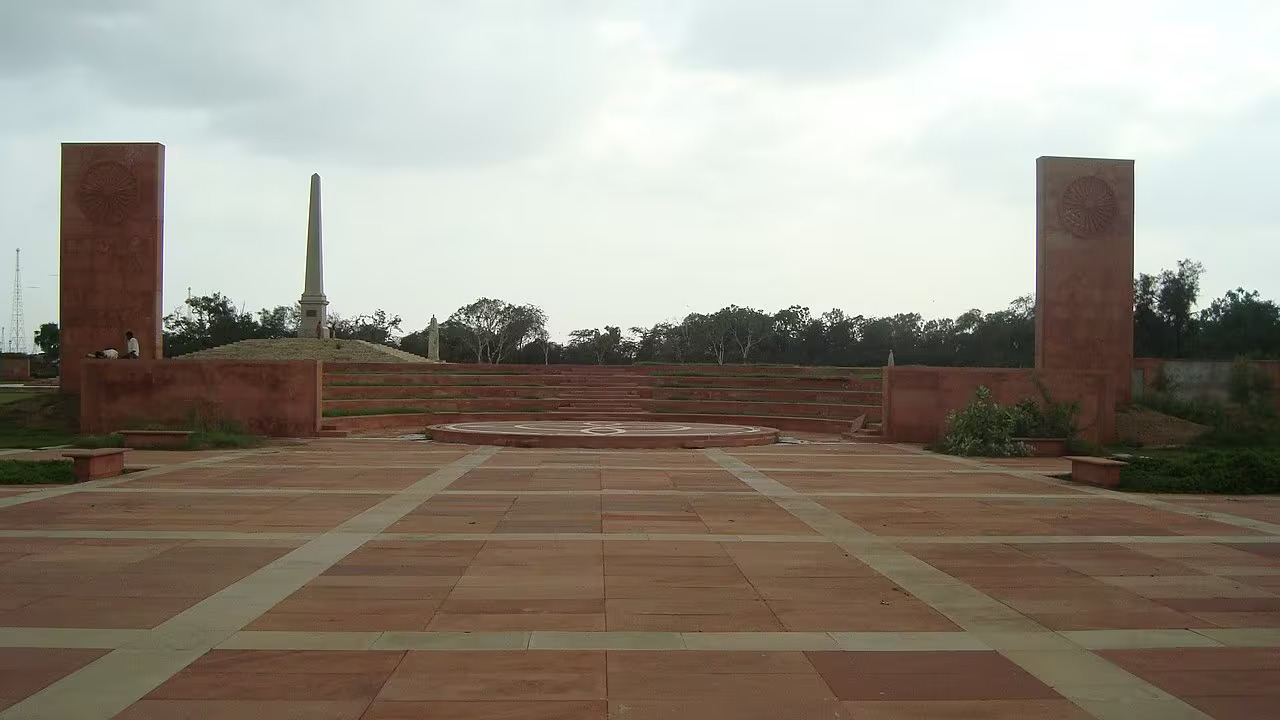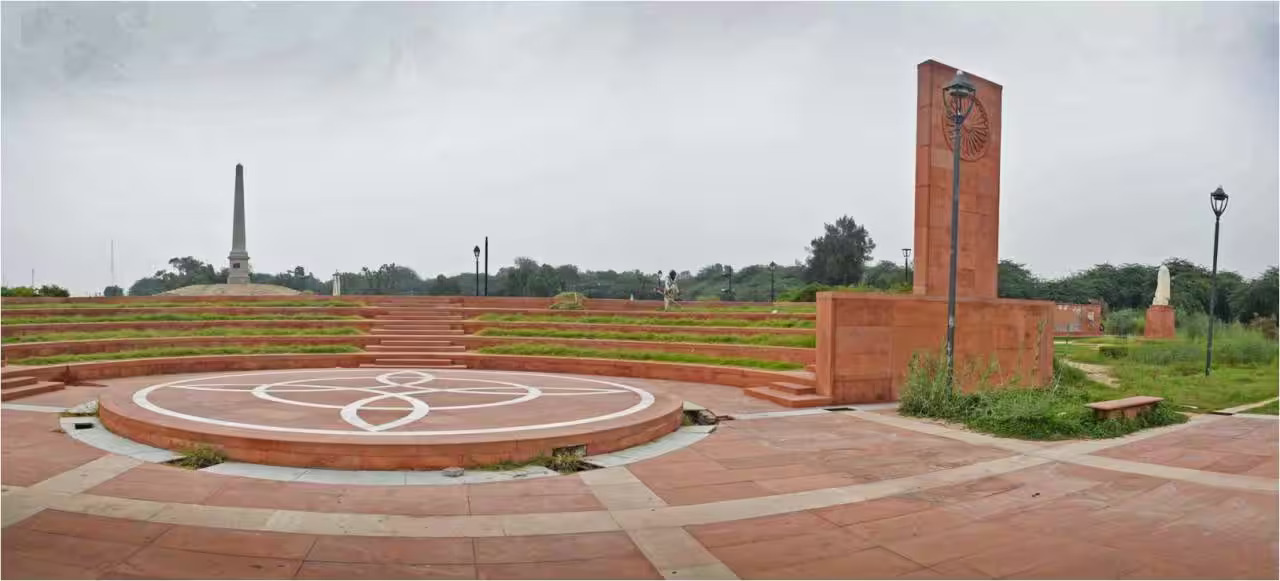The location of the historic Delhi Durbars is fast becoming a lost relic of the Raj. Nonetheless, it can bloom into a salubrious (and historical) community space if a few things are done right.
Shortly after the first Indian war of Independence, in an attempt to assert the might of Her Majesty, Coronation Park began life in 1877 as the location for the first Delhi Durbar. It was a massive Merchant Ivory-style Raj production complete with elephants and Indian royalty and decorated British dignitaries in attendance, to mark the proclamation of Queen Victoria as the Empress of India. Seventy-thousand people apparently attended this show.
Two more Durbars were held here. One in 1903 to mark the succession of King Edward VII and Queen Alexandra as the Emperor and Empress of India, and another in 1911, to commemorate the coronation of King George V and Queen Mary, and their proclamation as Emperor and Empress of India.
The last Durbar was significant as this was where the king announced the decision to move the capital of British India away from swampy Calcutta full of pesky mosquitoes and Bengali revolutionaries to dusty Dilli, thus paving the way for the foundation of the seventh city of Delhi.
Sir Edward Lutyens was commissioned to build New Delhi cheek by jowl with Shahjahanabad, or purani (old) Dilli, as if to rival the crumbling majesty of the great Mughal necropolis.
King George’s role in the creation of New Delhi was honoured with a massive 49-feet statue that lorded over the roundabout at Kartavya Marg, nee Rajpath, nee Kingsway.
Revenge is a dish best served cold. In the ’60s, Subhas C. Bose, a Calcuttan, knocked the king off his pedestal and banished him into exile at Coronation Park, thus avenging the demotion of the erstwhile first city.
A graveyard of statues
And that is where King George is to this date, unknown and unwanted, much like his resting place, Coronation Park. Besides the tall Coronation Memorial, keeping him company in that graveyard of statues are four Viceroys in stone — Lord Hardinge, Lord Willingdon, Lord Irwin, and Lord Chelmsford.
The desolate park stands in stark contrast to the heavy traffic of northern Delhi’s urban sprawl as people are generally unaware of its place in the history of the country.
Says Delhi-based architect Gautam Bhatia, “By itself, the Coronation Park has no value. When you assemble marble figures in a single location and call it Coronation Park, it is as good as placing Freedom Fighters in a Freedom Fighters Park, and expecting it to be a great public commemoration of our history. This is as good as warehousing important ideas, so they die a slow natural death. It’s like putting important aspects of our past into a store and throwing away the key.”

What’s the key to the success of such spaces?
“The key is to spread history all over the streets, sidewalks, metro stations, and parks” adds Bhatia.
Around 2011-12, the park was landscaped and some work was done to conserve the pillars and statues. An interpretation centre was set up to help people understand the history of the place, but for some reason that never opened. The structure is still there though.
An official from DDA’s (Delhi Development Authority) horticulture department says on condition of anonymity: “Nothing new has been done in the last one and a half years. We are not aware of any plans of the landscape or engineering department either.”
Confirming this, a spokesperson from DDA’s landscape department says on condition of anonymity: “There is no additional development planned by DDA. Right now, we are just maintaining the status quo.”

The way forward
The Indian National Trust for Art and Cultural Heritage (INTACH) has been pushing for the development of Coronation Park.
Ajay Kumar, Director, Projects, INTACH, says, “It’s a very big area, approximately 55 or 58 acres. Why don’t we make it a nicely landscaped space people can enjoy, maybe spend half a day at? Then they will also see the structures and the statues.
“Take the case of Lodhi Garden. People go there for two reasons — one is for the built heritage, and secondly for the natural heritage. If you have this at Coronation Park, people will start going there as well.”
Moreover, Kumar adds, since Coronation Park covers a huge area, it can become an open-air cultural centre with food, an amphitheatre, water bodies, and beautifully landscaped spaces. “If you do this, it will have everything going for it. Thereafter, it only needs to be maintained and promoted well.”




